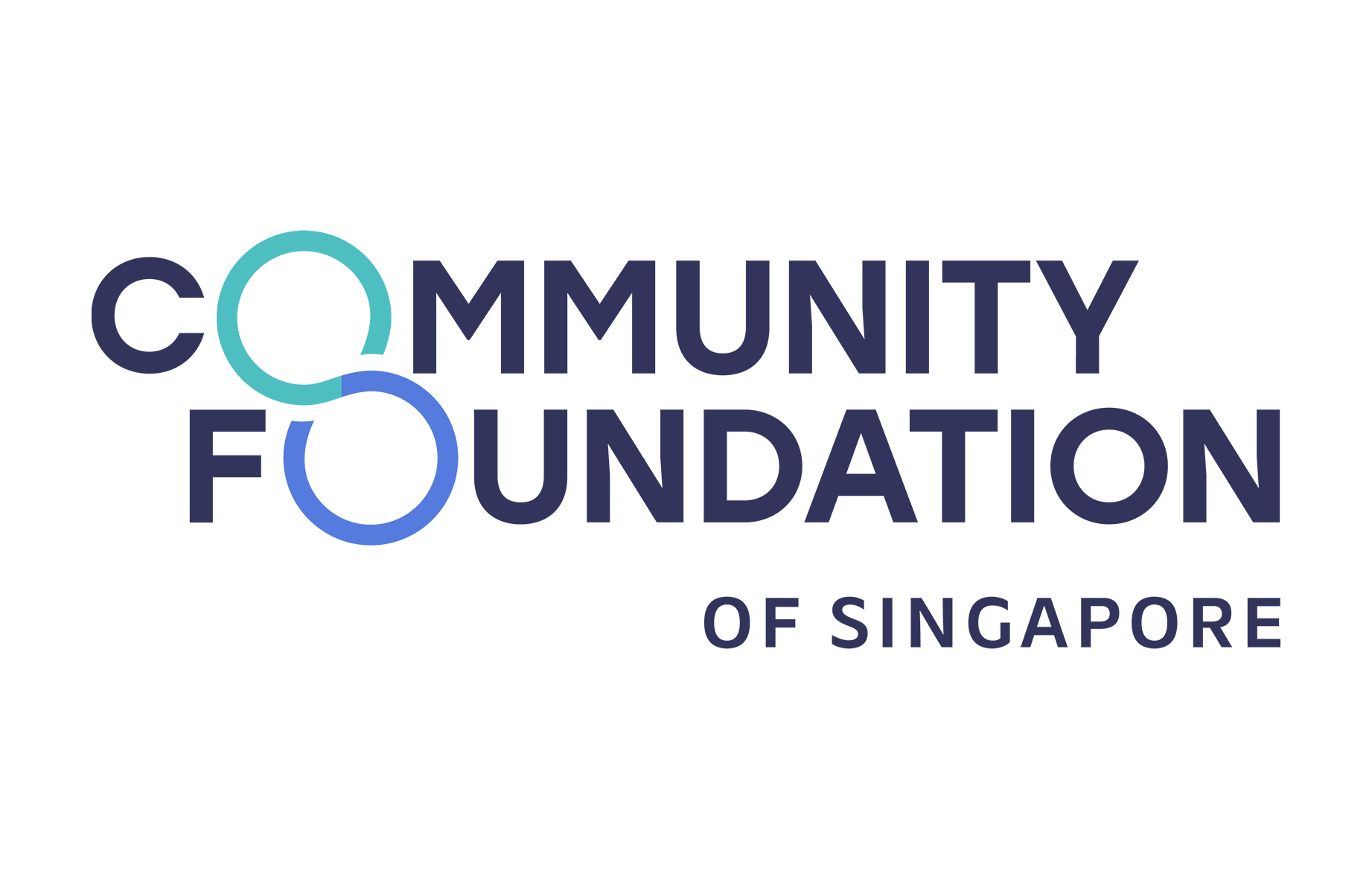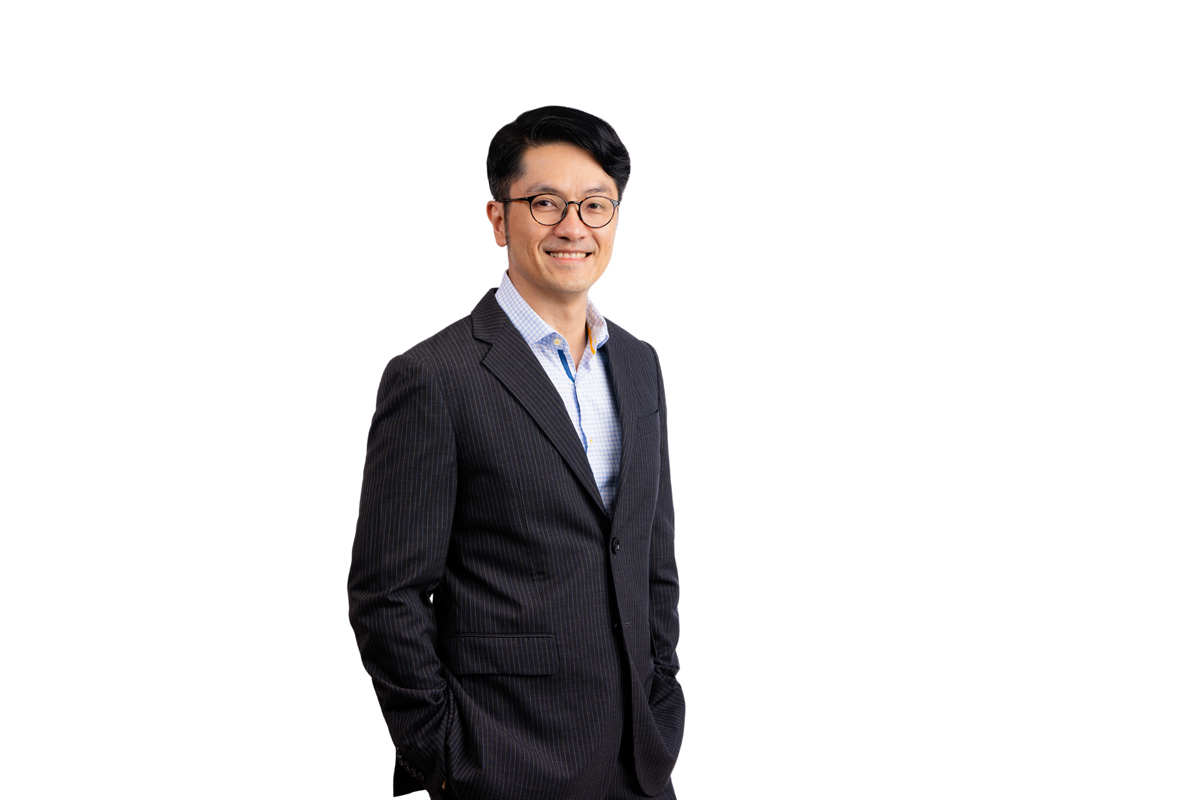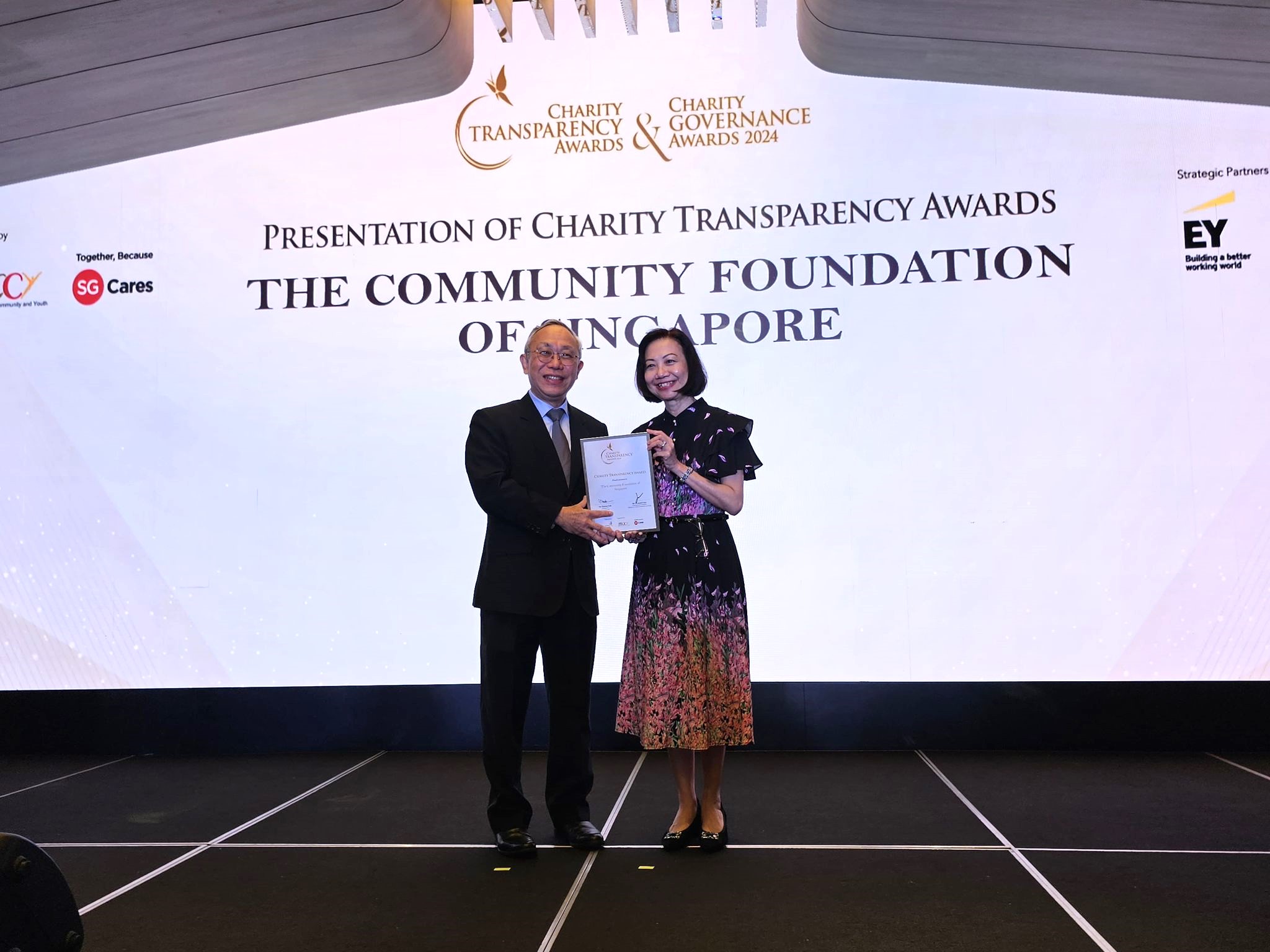The CDA top-up programme: Giving support to pre-school children from low-income families


Pre-schools are especially essential in providing a solid foundation for children to get an education, and to also build confidence and impart social skills, which will stay with them for life. As such, The Community Foundation of Singapore (CFS) is partnering with EtonHouse Community Fund (ECF) and the Ministry of Education (MOE) on a Child Development Account (CDA) top-up programme which will benefit around 1,300 pre-schoolers from low-income families this year.
This programme is facilitated by the inter-agency taskforce Uplifting Pupils in Life and Inspiring Families (UPLIFT) to provide eligible pre-schoolers with $500 this year and up to a cap of $1,500 over the next three years, with the government providing dollar-for-dollar matching contributions for the top-ups.
To qualify, the children must be enrolled in 57 pre-schools under seven selected operators, and their families must have a gross household income of $4,500 or less. CFS and ECF will be contributing a total of $1 million to the CDA top-up programme over the next three years.
The seven operators are: E-Bridge Pre-School, Iyad Perdaus Child Development, Kidz Meadow Childcare and Development Centre, PPIS Child Development Centre, Presbyterian Community Services, Super Talent Childcare and YWCA Child Development Centre.
Along with Second Minister for Education Dr Maliki Osman, CFS CEO Catherine Loh paid a visit to partner operator E-Bridge Pre-School’s Punggol Large Childcare Centre on 8 October 2020 to mark the launch of the programme and to celebrate Children’s Day.
“We have a responsibility to strengthen our social safety nets to ensure no child gets left behind. This is why this collaboration is such a wonderful opportunity for CFS and our donors to uplift children from low-income families,” says Catherine.
“I hope that this CDA top-up programme can encourage more low-income families to enrol their children into pre-schools. I also hope that it can provide additional support to needy families during this difficult period by defraying child-raising expenses,’’ says Dr Maliki Osman.
Pre-schools are especially essential in providing a solid foundation for children to get an education, and to also build confidence and impart social skills, which will stay with them for life. As such, The Community Foundation of Singapore (CFS) is partnering with EtonHouse Community Fund (ECF) and the Ministry of Education (MOE) on a Child Development Account (CDA) top-up programme which will benefit around 1,300 pre-schoolers from low-income families this year.
This programme is facilitated by the inter-agency taskforce Uplifting Pupils in Life and Inspiring Families (UPLIFT) to provide eligible pre-schoolers with $500 this year and up to a cap of $1,500 over the next three years, with the government providing dollar-for-dollar matching contributions for the top-ups.
To qualify, the children must be enrolled in 57 pre-schools under seven selected operators, and their families must have a gross household income of $4,500 or less. CFS and ECF will be contributing a total of $1 million to the CDA top-up programme over the next three years.
The seven operators are: E-Bridge Pre-School, Iyad Perdaus Child Development, Kidz Meadow Childcare and Development Centre, PPIS Child Development Centre, Presbyterian Community Services, Super Talent Childcare and YWCA Child Development Centre.
Along with Second Minister for Education Dr Maliki Osman, CFS CEO Catherine Loh paid a visit to partner operator E-Bridge Pre-School’s Punggol Large Childcare Centre on 8 October 2020 to mark the launch of the programme and to celebrate Children’s Day.
“We have a responsibility to strengthen our social safety nets to ensure no child gets left behind. This is why this collaboration is such a wonderful opportunity for CFS and our donors to uplift children from low-income families,” says Catherine.
“I hope that this CDA top-up programme can encourage more low-income families to enrol their children into pre-schools. I also hope that it can provide additional support to needy families during this difficult period by defraying child-raising expenses,’’ says Dr Maliki Osman.
- Related Topics For You: ACCESSING QUALITY EDUCATION, CHARITY STORIES, CHILDREN, DIRECT AID, DONOR STORIES, EDUCATION, FAMILIES, INCLUSIVITY & INTEGRATION, NEWS



